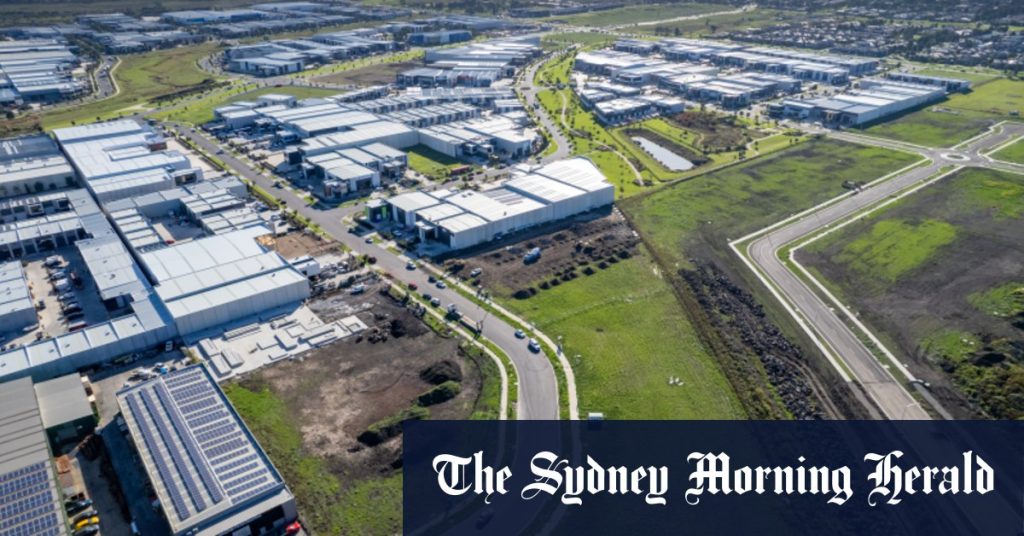The Albanese government committed funding for a feasibility study for a rail corridor project two years ago, with the aim of providing better public transport options for the growing suburbs of Epping North and Wollert. However, there is still uncertainty surrounding the project, with concerns raised about the lack of progress and clarity on whether the corridor will be a train, tram, or bus line. Despite this uncertainty, there are calls to protect the corridor from incompatible development to ensure that it can still be utilized in the future.
The Adams family has proposed a development project on land within the designated rail corridor, which has faced opposition from the City of Whittlesea and Transport for Victoria. The city has been lobbying for the construction of the rail line for years and believes that selling off any part of the corridor would compromise the entire project. Legal representatives have emphasized the importance of sticking to long-term strategic plans and protecting the corridor from incremental decision-making that could hinder future development opportunities.
The population of Epping North and Wollert is projected to double by 2041, highlighting the urgent need for improved public transport options in the area. The limited public transport currently available in the urban growth corridor, mainly local buses, is inadequate to meet the needs of the growing population. Residents like Tony Francis, who have campaigned for the Wollert rail link for years, feel frustrated by the lack of progress on the project and the seeming lack of interest from the state government in addressing their transportation needs.
Despite the set-aside corridor in strategic plans, the state government has not committed to building a rail extension to Wollert, fueling concerns about the project’s future. Legal representatives have stressed the importance of protecting the corridor from incompatible development and ensuring that it remains available for potential future transport projects. The Adams family, who have proposed a development project within the corridor, have not responded to attempts to contact them, raising questions about their intentions for the land and its impact on the proposed rail corridor.
The uncertainty surrounding the rail corridor project and the conflicting interests of stakeholders highlight the challenges of planning and developing infrastructure to meet the needs of growing communities. Residents like Tony Francis continue to advocate for the rail link, emphasizing the importance of improved public transport options for the area’s future development. As the debate over the corridor’s fate continues, it underscores the complexities of balancing competing interests and long-term planning considerations in infrastructure development projects.













